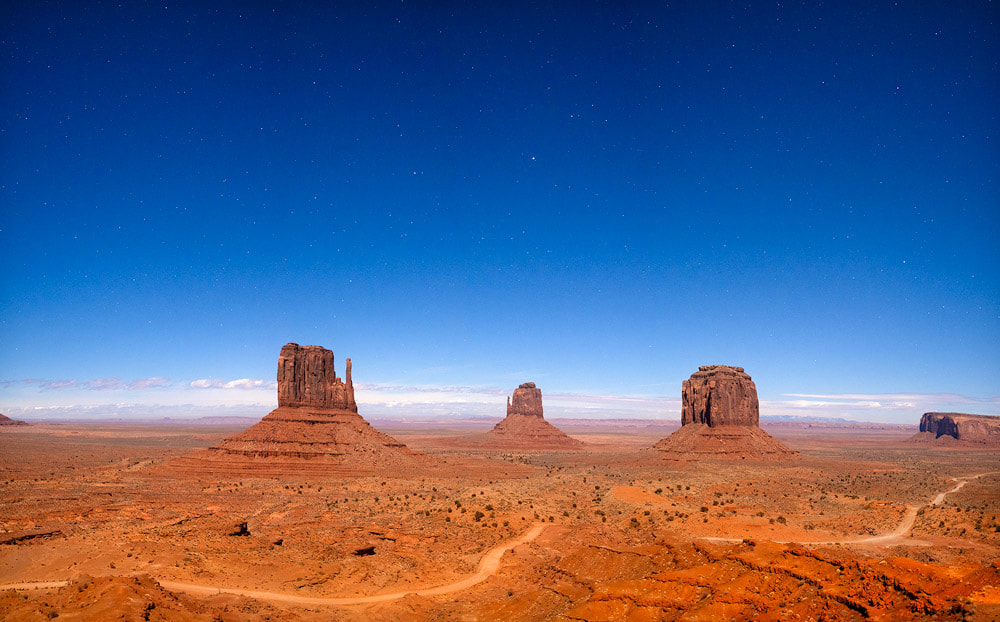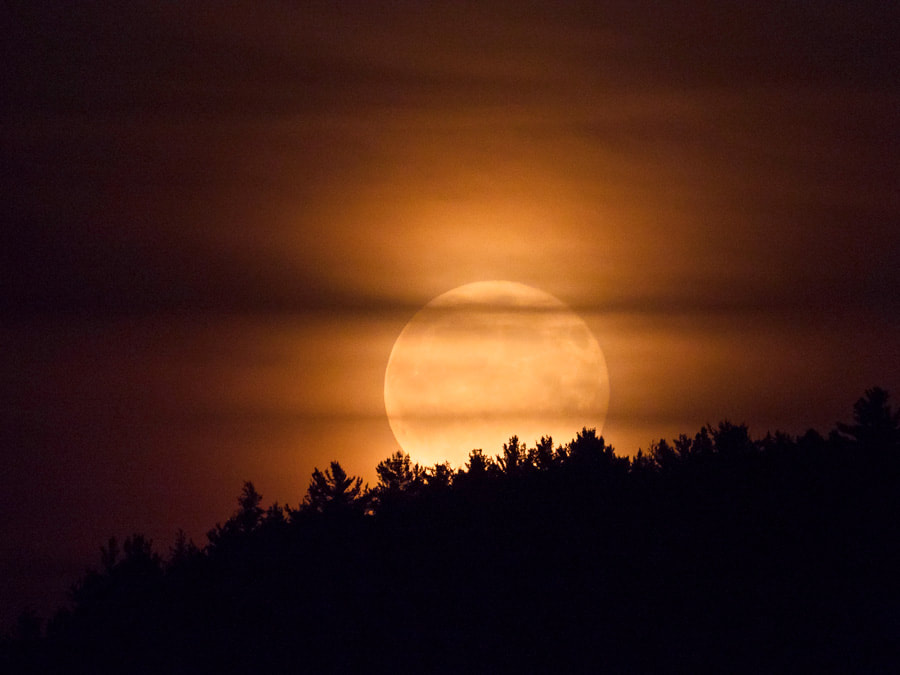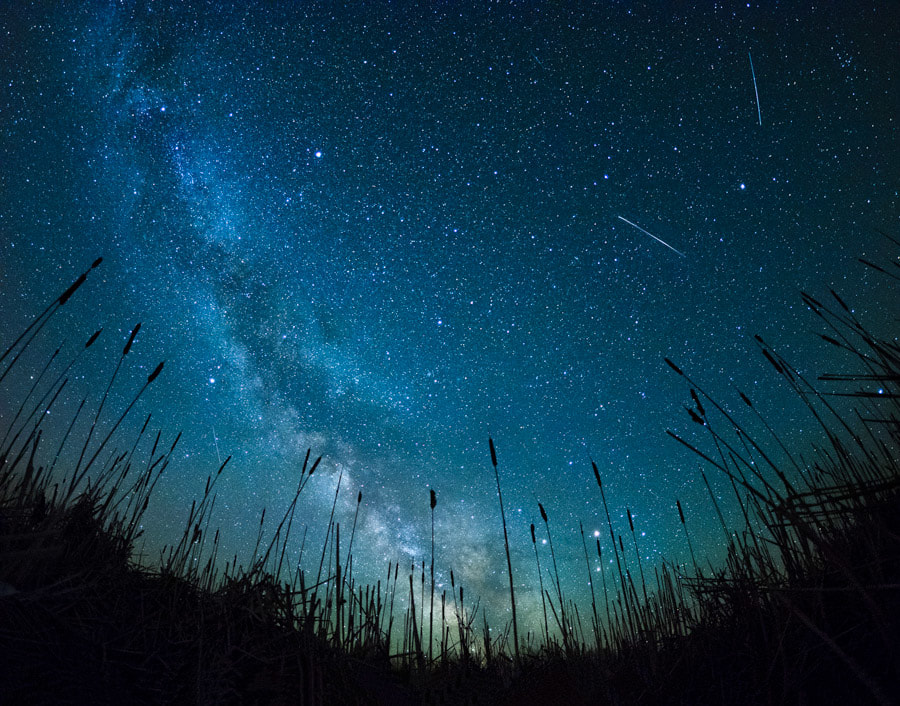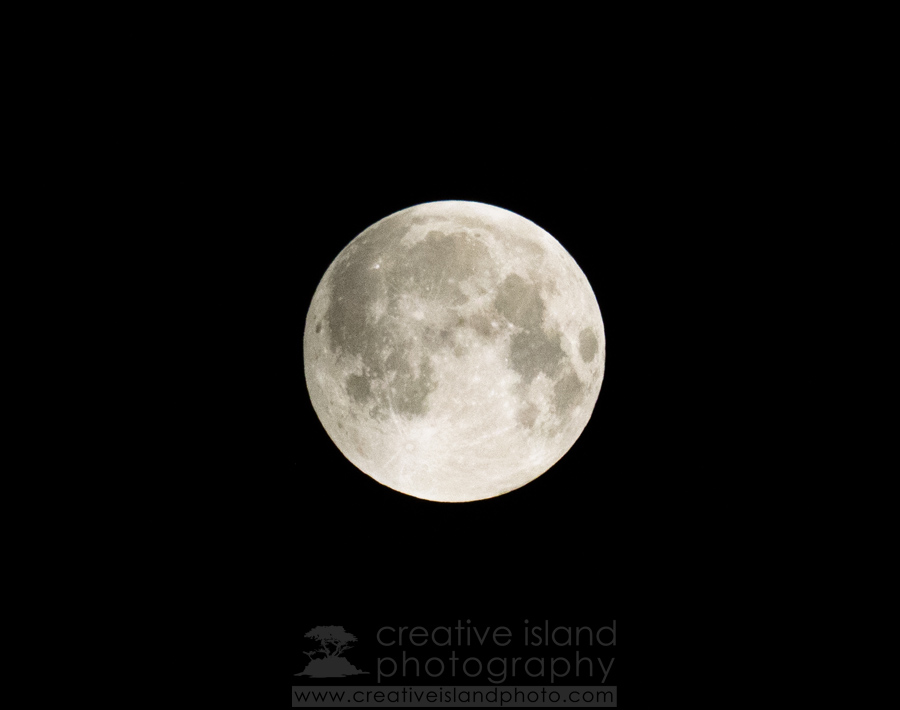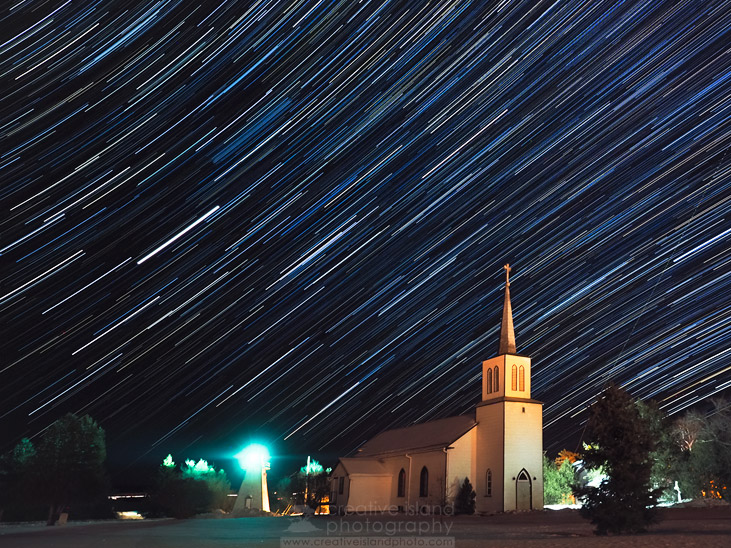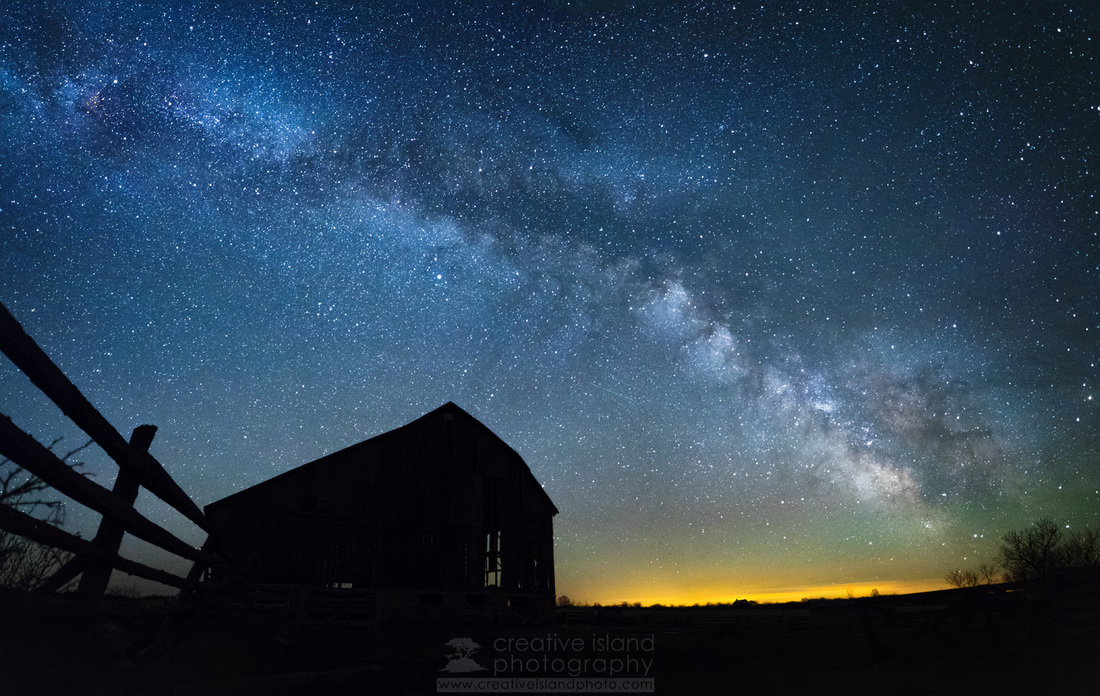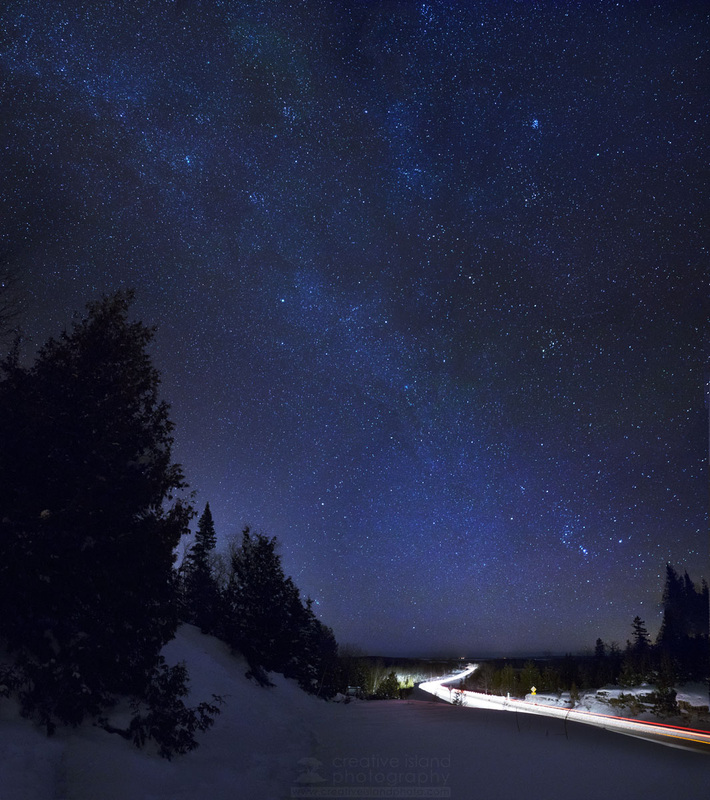|
A Stellar Innovation Astrophotography has become one of the fastest growing genres of photography. Today’s digital cameras and lenses are able to capture high quality night sky images like never before. And with more and more great images making their way onto social media, photographers who felt that this type of photography was beyond their skill set are now being inspired to get out and photograph in the dead of night. A few short years ago, I was one of those self-doubting photographers. Now I try to photograph the night sky whenever an opportunity presents itself. On a recent trip to Monument Valley, I wanted to photograph the ‘mittens’ under the light of a full moon. So, I got up at 3 a.m., walked a short distance from the hotel, set up my E-M1X with the 17mm f.1.2 lens and proceeded to create a 4-shot panorama.
18 Comments
One of the most common questions that I get as a photographer is how to properly shoot the moon. That question seems to pop up quite regularly - once per month in fact, when the moon is full. People love photographing the full moon, but once the event is over there seems to be far less interest in capturing our closest neighbour. I certainly understand this thinking. The full moon, especially when it is rising, can be an impressive (and somewhat challenging) subject to photograph. As a landscape photographer I am always looking for interesting ways to present a scene. And like most, I work primarily during the two bookends of the day - the golden hours. But, as someone who also enjoys astrophotography, I have discovered that I can extend my landscape opportunities by shooting under the light of the moon.
The following tips might help with your own 'after-hours' landscape photography. At any time of the year, it is not uncommon to look into a clear night sky and see the occasional meteor streaking through the heavens. However, with each orbit around the sun, our little blue planet passes through several meteoroid streams that can produce upwards of one hundred meteors per hour - a meteor shower. These streams are created by orbiting comets that shed cosmic particles as they approach the sun. Photographing these celestial events can be a challenge, but with a bit of knowledge you can improve your chances of success. Knowing where and when a meteor shower will occur is the first step to a successful night shoot. These particles generally run parallel to the comet from which they came, and as such will appear to spread out from a single point in the sky. They are named for the nearest constellation or bright star from which they radiate. This 'fixed point' will track across the sky over the course of the night similar to the way that the stars do.
Once a month, as inky darkness settles across the land, and the creatures of the night begin to stir, I get the urge to howl at, no sorry, photograph the full moon.
As simple as it may seem, taking photos of the moon can be challenging. If your full moon images look like a glowing white dinner plate in the sky, you are not alone. Let's find out why that is, and then work to fix it.
What the electric toaster did for breakfast, the Live Composite feature on recent Olympus cameras has done for capturing star trails and other long exposure photographs. Putting a slice of bread on a stick and holding it over an open fire can still yield a great piece of toast, but it's challenging, time consuming and very inconvenient. Taking a hundred photographs, uploading them, adjusting exposure and stacking them to create a star trail image is pretty much the same - challenging, time-consuming, and to me, very inconvenient.
Enter, Live Composites. If you are unfamiliar with the technology let's break the idea apart (sorry if this reminds you of your high school English teacher);
Therefore a live composite image is one made of several separate photographs that are combined in the camera over a period of time. You can find this feature on the following camera models; All of the images in this blog post were shot using the E-M1 and the E-M1 Mark II. Space has always held fascination for me. In my youth I loved Star Trek, Star Wars and Battlestar Galactica. I have also lived most of my life in locations with little to no light pollution thereby allowing unencumbered viewing of the night sky. Photographing the stars however has always seemed out of reach. Until now. Like many landscape photographers I would turn off my camera when the sun went down. As I strive to expand my knowledge and skills in the craft of photography, shooting at night seemed a natural area to explore. Being a relative novice in this area I quickly discovered that to achieve good results a number of stars must align properly (pun intended). Photographs don't just happen. They all require varying degrees of four decision-making processes.
|
AuthorPeter Baumgarten is a professional photographer and educator. He is also an Olympus Visionary and NiSi Official Photographer. Categories
All
|
